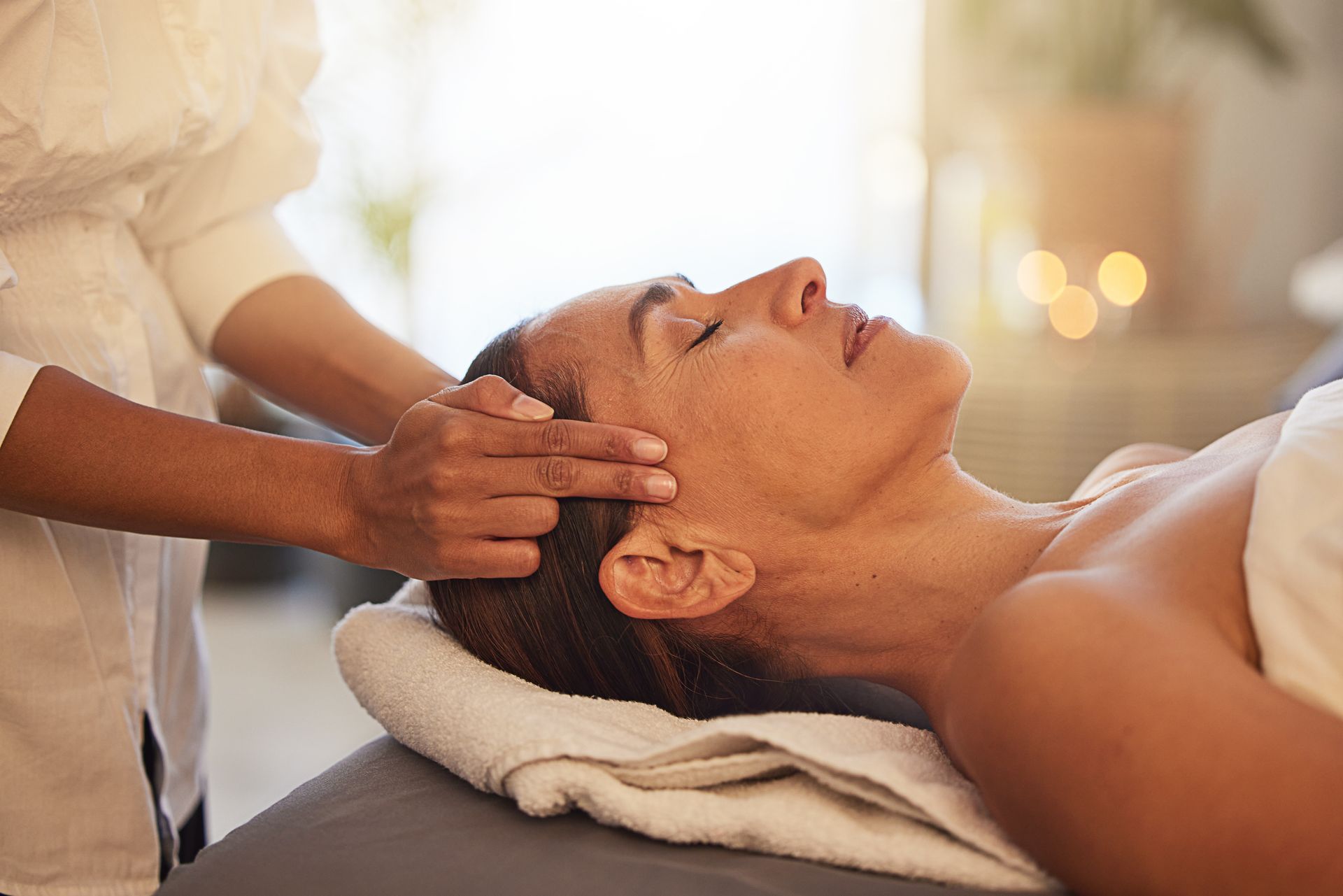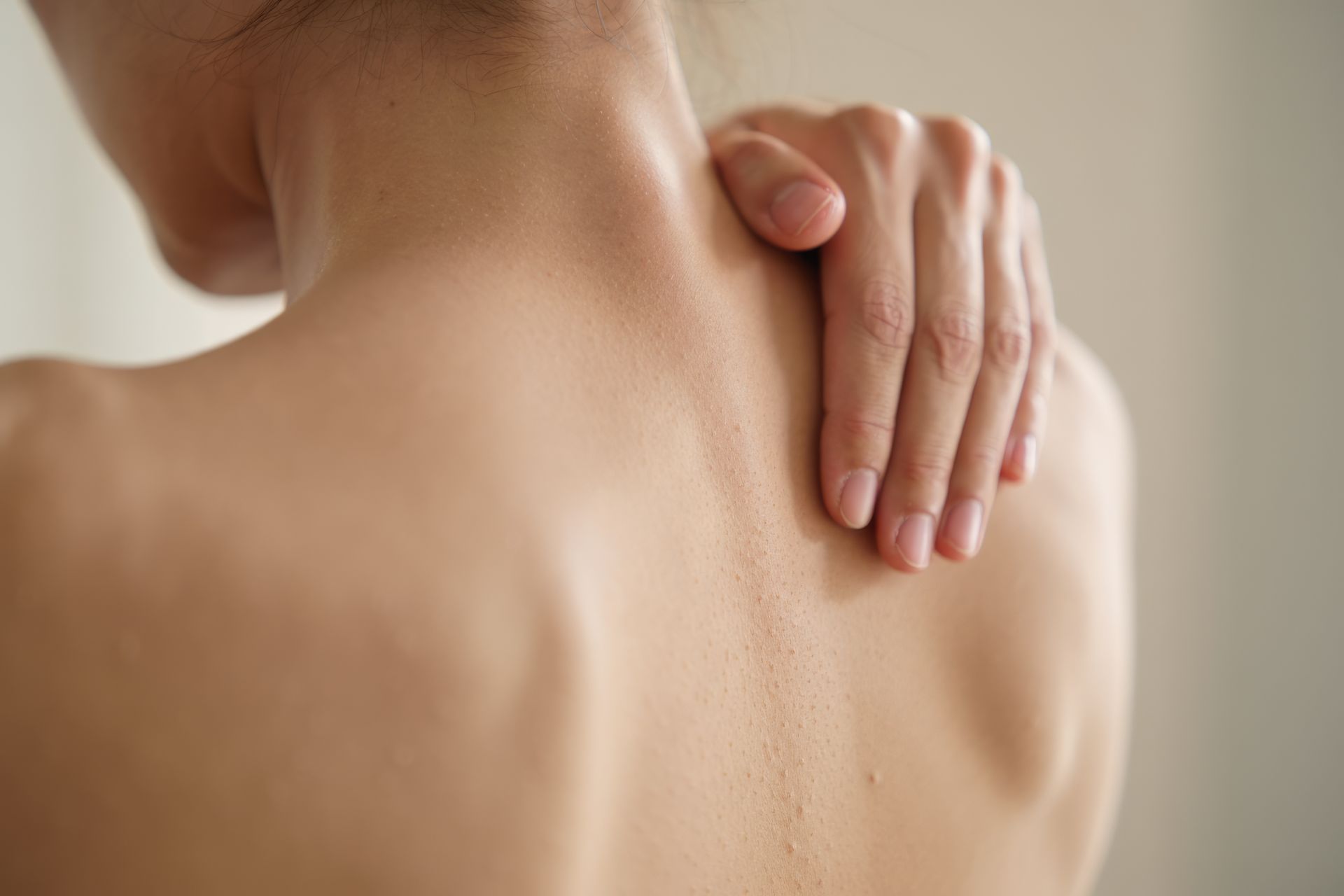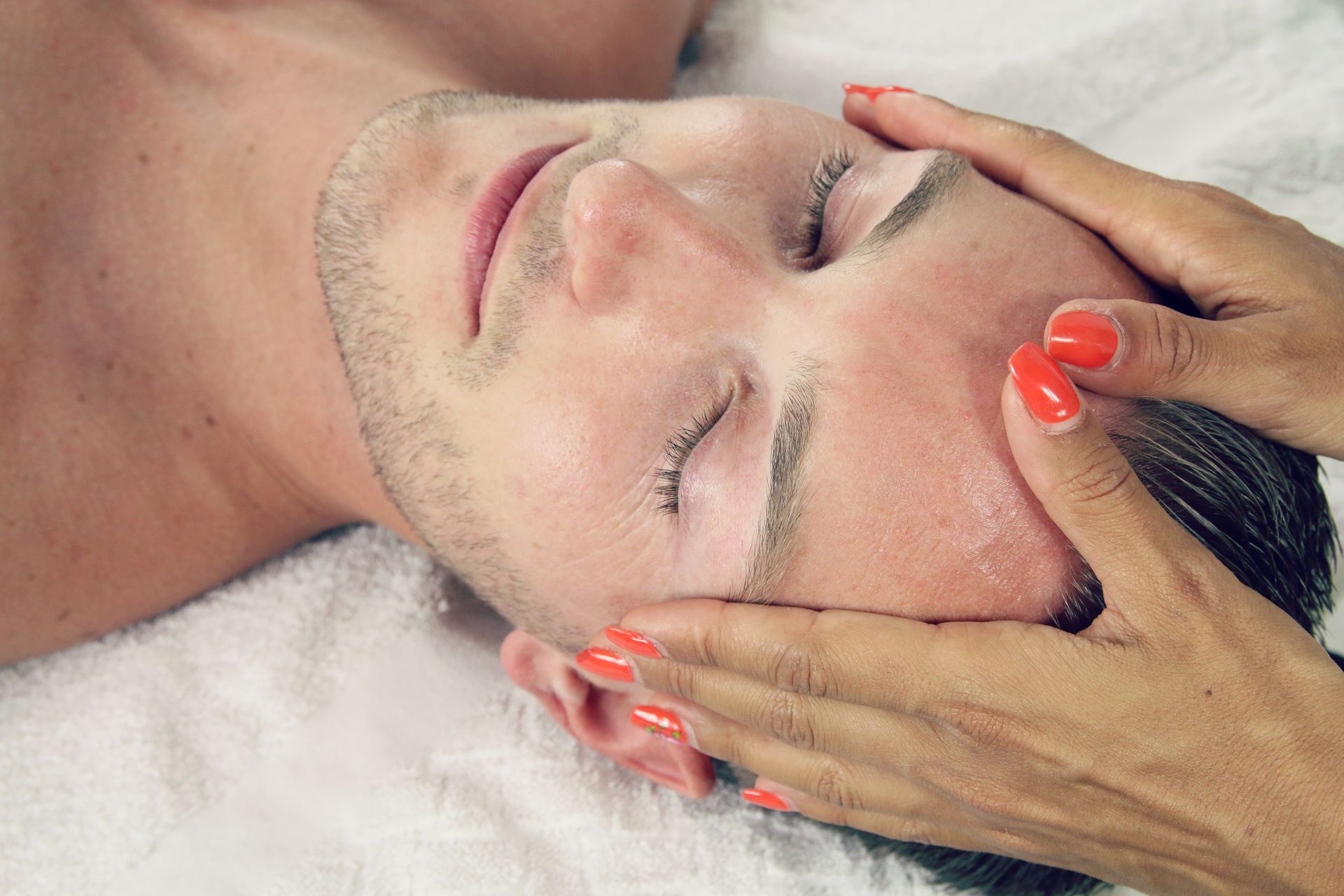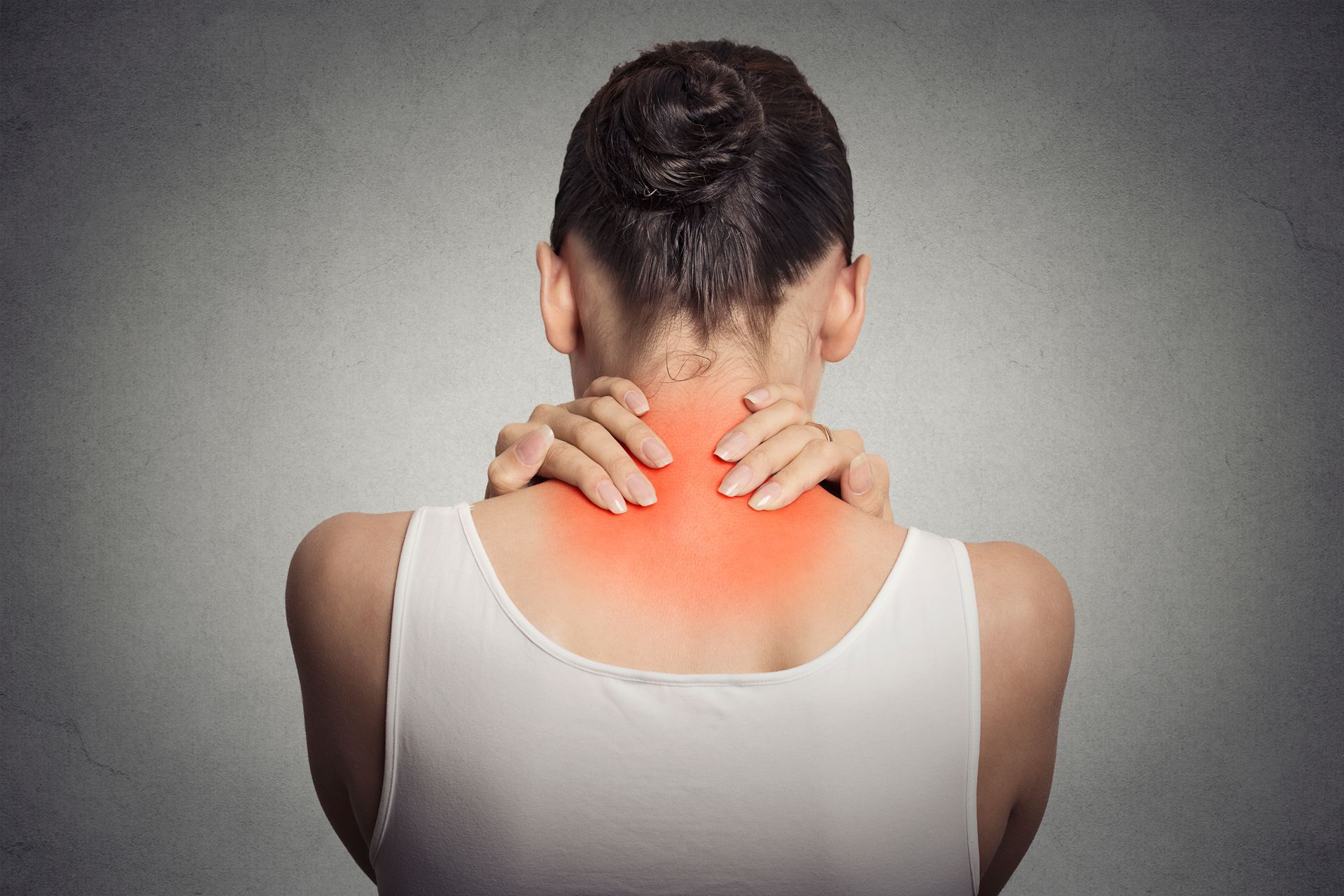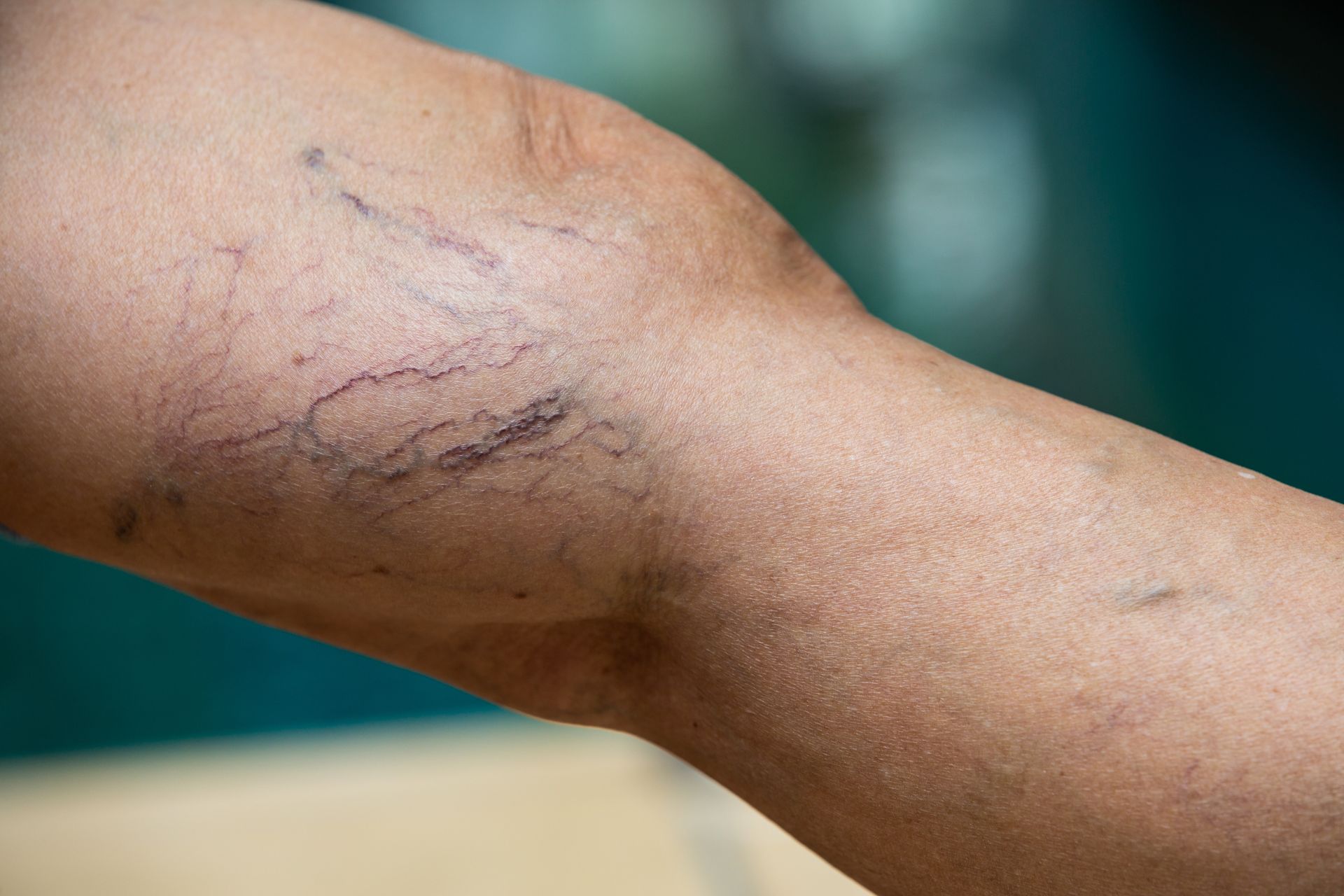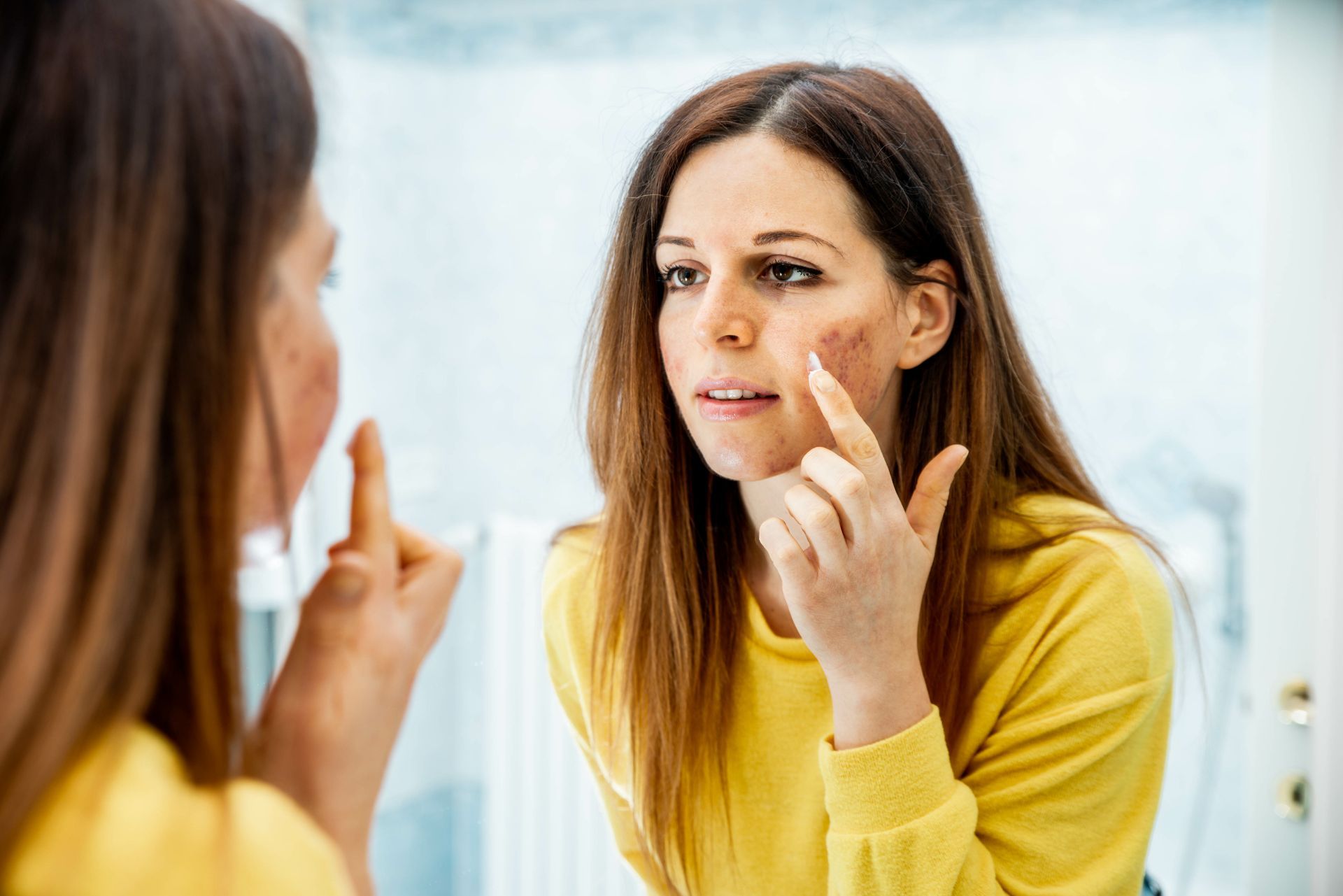Understanding Osteoarthritis and the Role of Massage Therapy
Massage therapy has emerged as a complementary treatment for managing the symptoms of Osteoarthritis.

What is Osteoarthritis?
Osteoarthritis is a degenerative joint disease that occurs when the protective cartilage that cushions the ends of the bones wears down over time. Unlike other forms of arthritis, which may result from autoimmune conditions, osteoarthritis is primarily caused by wear and tear on the joints. While OA can affect any joint, it most commonly impacts the knees, hips, hands, and spine.
Causes of Osteoarthritis:
- Aging: The risk of developing osteoarthritis increases with age.
- Joint Injury: Previous injuries or surgeries can accelerate the breakdown of cartilage.
- Obesity: Excess body weight adds stress to weight-bearing joints, such as the knees and hips.
- Genetics: A family history of osteoarthritis can increase one's risk.
- Overuse: Repetitive stress on the joints from work or sports can lead to OA.
Is Osteoarthritis Painful?
Yes, osteoarthritis is often painful. The severity of pain varies from person to person and can range from mild discomfort to debilitating pain. The pain associated with OA is typically described as a deep, aching sensation in the affected joint, and it can worsen with activity or after periods of inactivity.
Common Symptoms of Osteoarthritis:
- Joint Pain: Especially during or after movement.
- Stiffness: Most noticeable upon waking up or after being inactive.
- Swelling: Around the affected joints.
- Decreased Flexibility: Limited range of motion in the joint.
- Grating Sensation: A feeling of bone rubbing against bone.
How Can Massage Therapy Help?
Massage therapy has emerged as a complementary treatment for managing the symptoms of osteoarthritis. While it cannot cure the condition, massage therapy can offer significant relief from pain and improve the quality of life for those suffering from OA.
Benefits of Massage Therapy for Osteoarthritis:
- Pain Relief: Massage can help reduce pain by improving blood flow to the affected area, which aids in the removal of metabolic waste products and the delivery of oxygen and nutrients to tissues.
- Improved Flexibility: Regular massage can help maintain joint flexibility and range of motion by reducing stiffness and increasing circulation.
- Reduced Swelling: Massage techniques such as lymphatic drainage can help reduce swelling and inflammation in the joints.
- Stress Reduction: Chronic pain can lead to increased stress and anxiety. Massage therapy promotes relaxation and reduces stress levels, which can help manage pain more effectively.
- Enhanced Well-being: The overall sense of well-being and relaxation provided by massage therapy can improve mood and help combat the emotional challenges associated with chronic pain.
Types of Massage for Osteoarthritis:
- Swedish Massage: Known for its gentle and relaxing techniques, Swedish massage can help relieve muscle tension and improve circulation.
- Deep Tissue Massage: This type targets deeper layers of muscle and connective tissue, which can help alleviate chronic pain and stiffness.
- Myofascial Release: A technique that focuses on releasing tension in the fascia (the connective tissue surrounding muscles), which can help improve mobility and reduce pain.
- Trigger Point Therapy: This involves applying pressure to specific points in the muscles to relieve pain and tension.
Conclusion
Osteoarthritis is a painful and chronic condition that affects millions of people worldwide. While there is no cure, understanding the condition and exploring complementary treatments like massage therapy can significantly improve the quality of life for those affected. By reducing pain, improving flexibility, and promoting overall well-being, massage therapy offers a valuable tool in the management of osteoarthritis symptoms. If you or a loved one is suffering from OA, consider incorporating massage therapy into your treatment plan for holistic relief and better joint health. Remember, it is always essential to consult with a healthcare professional before starting any new treatment, including massage therapy, to ensure it is appropriate for your specific condition and needs.




